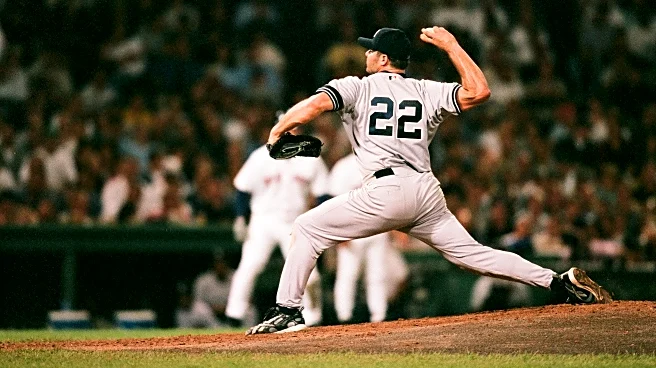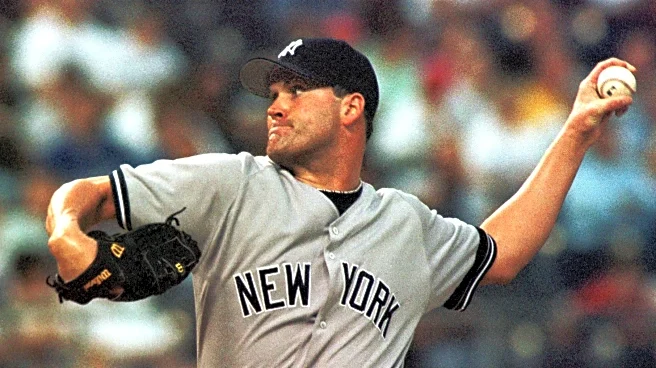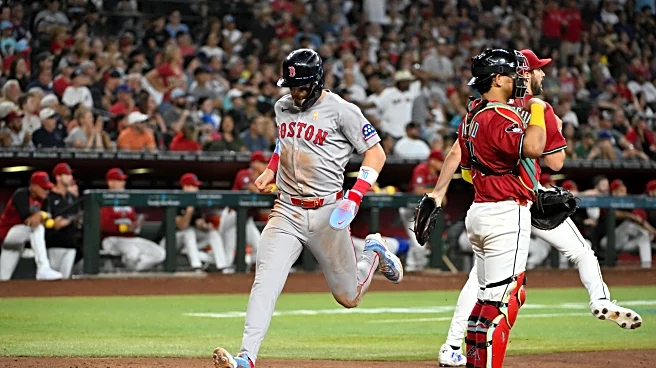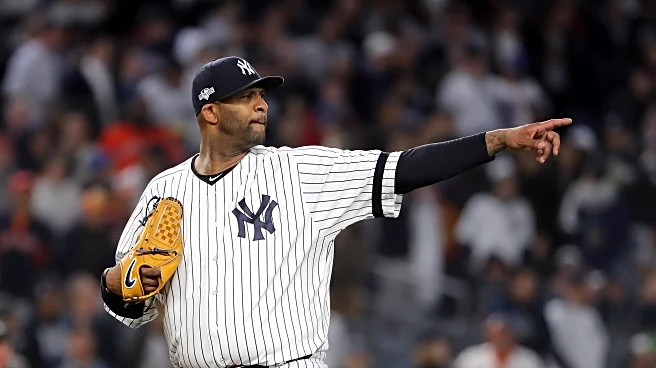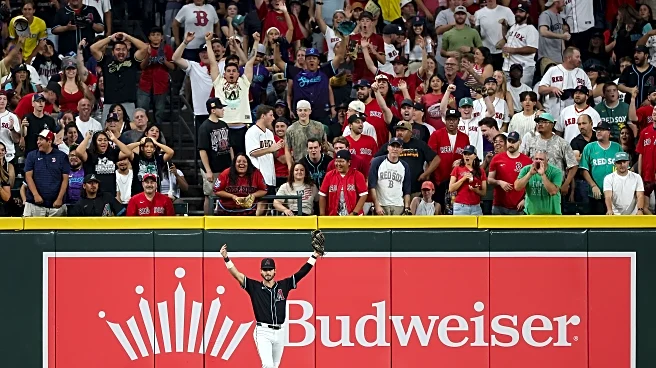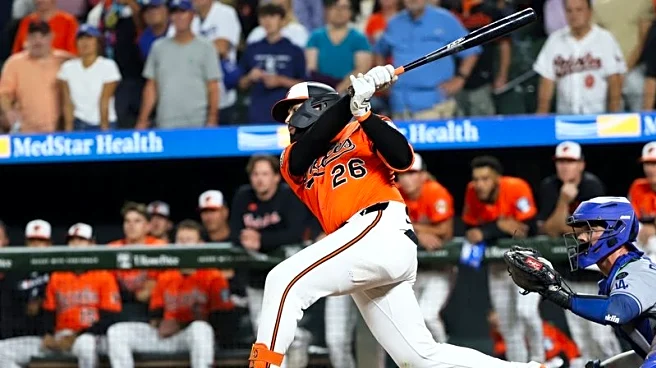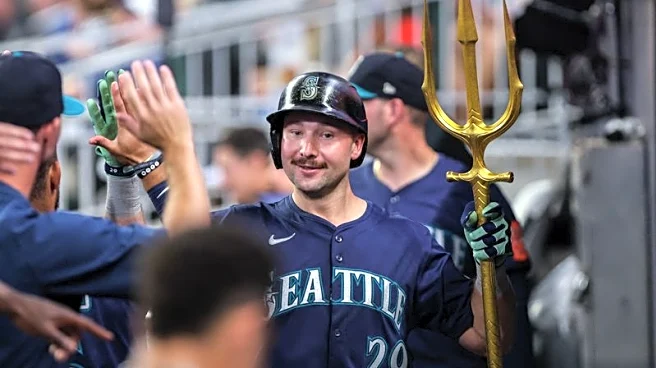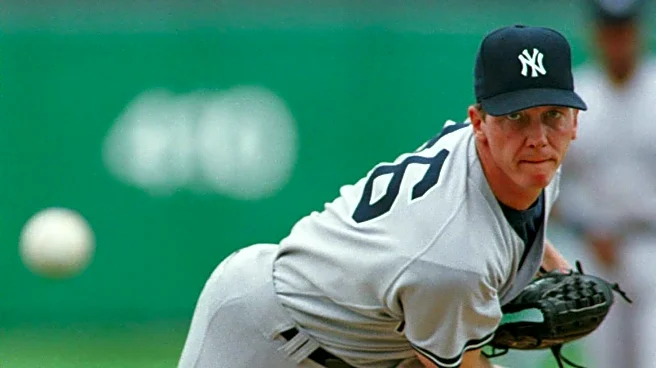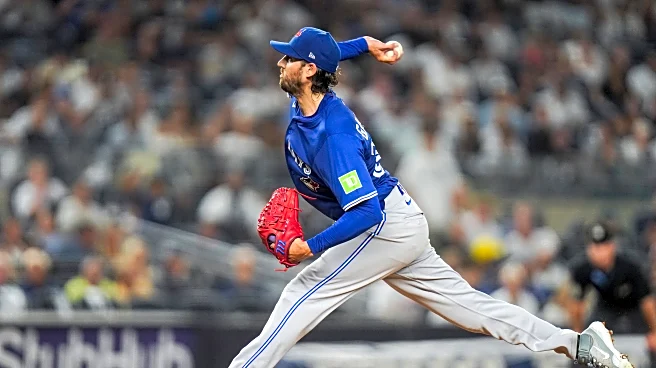
When the Yankees acquired Roger Clemens from the Toronto Blue Jays ahead of the 1999, they envisioned him making the types of outings he made on this day in 2000. Facing the ballclub with whom he spent the first 13 seasons and won a trio of Cy Young Awards and one AL MVP, Clemens absolutely decimated the Boston Red Sox lineup, striking out seven and allowing just seven baserunners in eight shutout innings, as the Yankees extended their lead in the AL East to seven games.
And yet by the end of the ballgame,
one of the worst scenes you could imagine on a baseball field occurred, understandably pushing most attention away from the rivalry and onto 30-year-old journeyman pitcher Bryce Florie.
September 8: Yankees 4, Red Sox 0 (box score)
Record: 80-58 (1st in AL East, 7.0 games ahead)
Clemens’ performance on the mound was the story of the game at the time he departed; in fact, Buster Olney’s headline for the game in the New York Times was “Clemens Dismantles Red Sox with a Revitalized Fastball.” And yet, early in the game, it was heads-up defense by Rocket that would prove to be the turning point of the game.
With one out in the bottom of the third, Lou Merloni hit a fly ball into right-center field. Clay Bellinger, playing center in place of the injured Bernie Williams, whiffed on a diving catch — honestly, he probably shouldn’t even have attempted the dive, considering his lack of experience at the position. As Merloni slid into third for an easy triple, the relay throw from Derek Jeter got past Scott Brosius. Since this was the era before dugouts had fences in front of them, the ball looked destined to bounce into the dugout, allowing Merloni to score in what was at the time a scoreless game. Clemens, however, slid in front of the ball, knocking it away from the dugout, then chased it down before it rolled in anyway. Two batters later, following a Trot Nixon walk, Clemens began a 1-6-3 double play that ended the inning and stranded the runner on third.
Immediately, the Yankees scratched across a run to seize the momentum. With one out in the fourth, Boston starter Tomo Ohka plunked Jeter. Paul O’Neill then reached on a tailor-made double play ball botched by Red Sox second baseman José Offerman. Two batters later, David Justice lined a single up the middle; Jeter came around and scored, and just like that, the Yankees had a 1-0 lead. There the score would remain until the top of the seventh, when Justice launched a leadoff homer over the Green Monster, his 37th on the year and 16th with the Yankees, to bring the score to 2-0.
Then came the ninth inning, which went about as well as you could have for the Yankees, but was nonetheless one of the most horrible innings of the MLB season. The Yankees loaded the bases off Boston relievers Rheal Cormier and Bryce Florie, then tacked on two insurance runs on a Jeter single with two outs in the inning. According to the box score, Ryan Thompson grounded into a 1-5-3 groundout to end the inning and send the game into the bottom of the ninth. The reality, though, was much, much worse. In what is the nightmare scenario of every pitcher at every level of the game, Thompson lined the ball right back up the middle — off Florie’s face.
Immediately, Florie hit the ground, clearly in immense pain. Covered in blood, he would be carted off the field and brought in an ambulance to the hospital. Managers, coaches, and players all said that they’d never directly seen such a devastating hit on a comebacker like that before; the best comp for old-timers like Joe Torre was 1950s Cleveland phenom Herb Score (coincidentally, also against the Yankees). Although Florie never lost consciousness, doctors later stated that he had multiple fractures in his face and a “significant loss of vision.”
Florie would not return to a Major League mound until the following June. Following just a handful of appearances, would see his career end prematurely.
Perhaps unsurprisingly, the bottom of the ninth went quickly, with the minds of everyone on the diamond elsewhere. Facing the middle of the Red Sox order, Mariano Rivera needed just eight pitches to retire the side.
Off the field, September 8, 2000, would prove to be an important day in the history of the YES Network. According to the New York Times, the New York Yankees made a $1 billion offer to MSG Network over the broadcast rights for the Yankees in New York City. The ultimate failure of this deal resulted in YankeeNets — the corporate entity that technically owns the Yankees, and which is today called Yankee Global Enterprises — establishing their own network, the Yankees Entertainment and Sports (YES) Network.
Read the full 2000 Yankees Diary series here.
